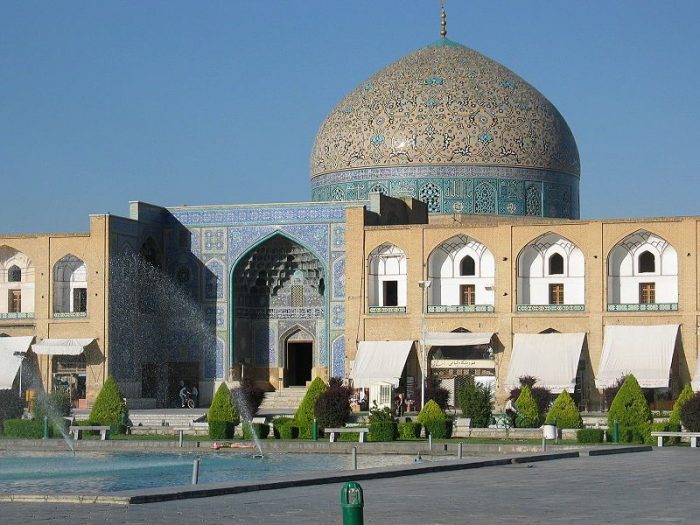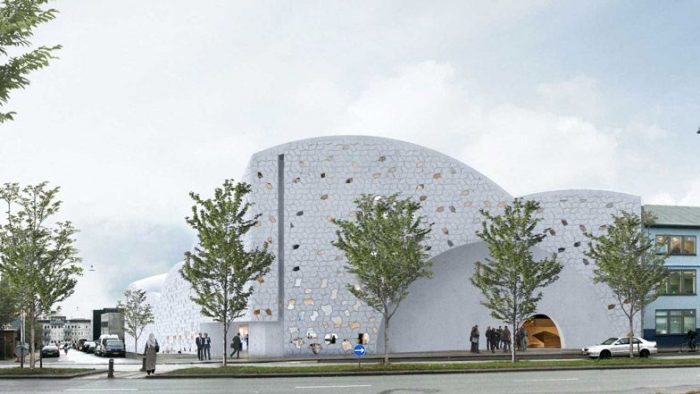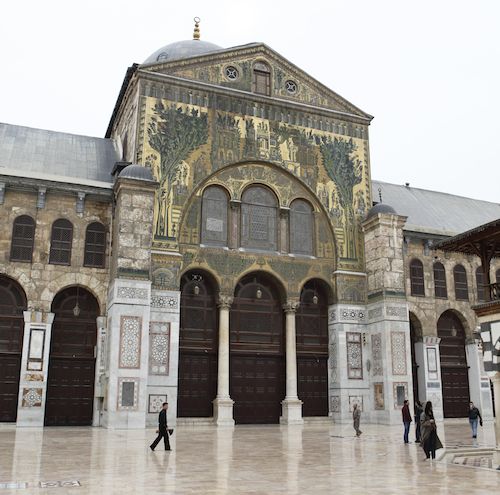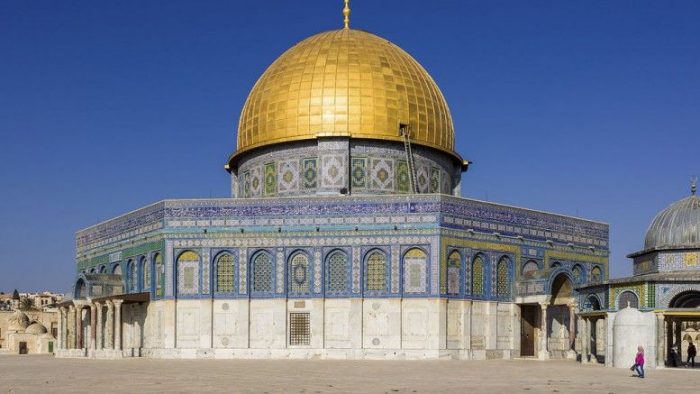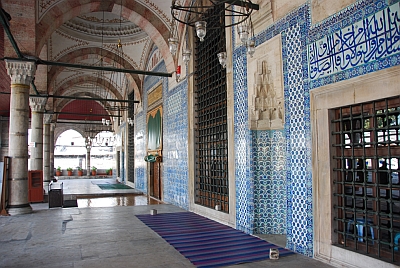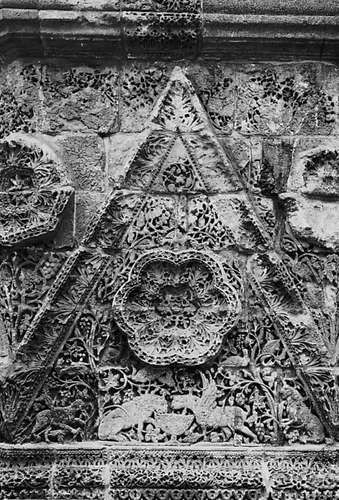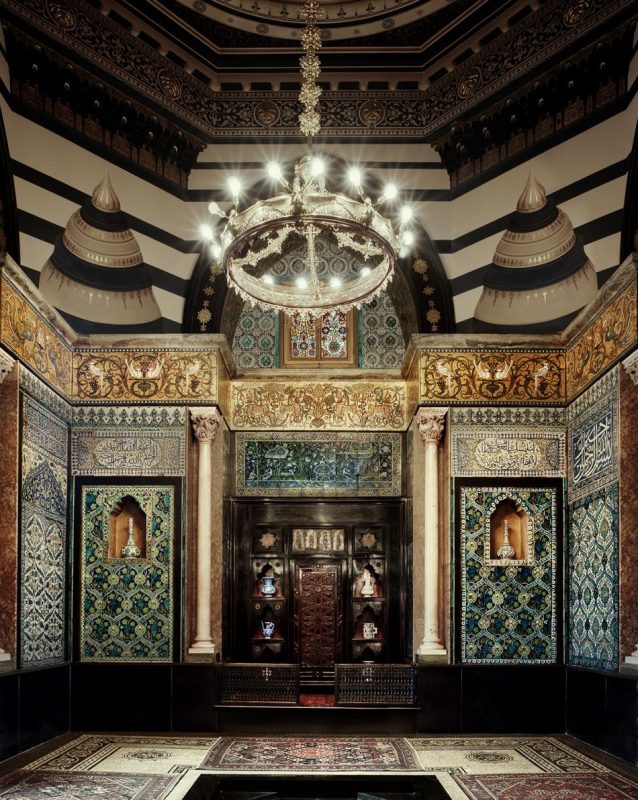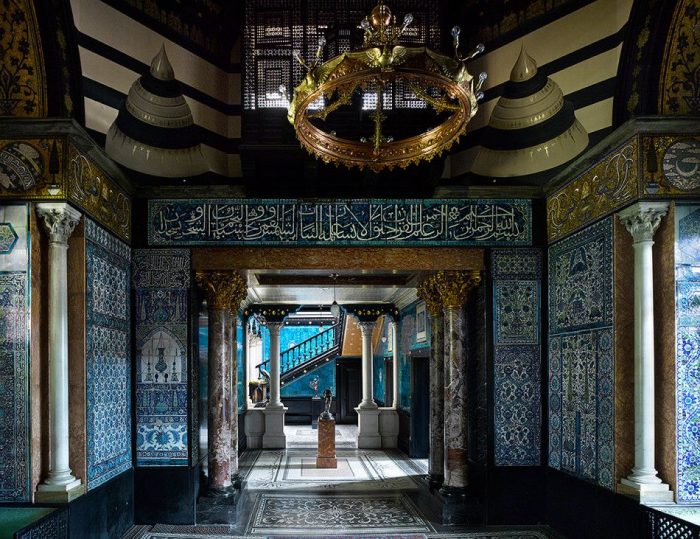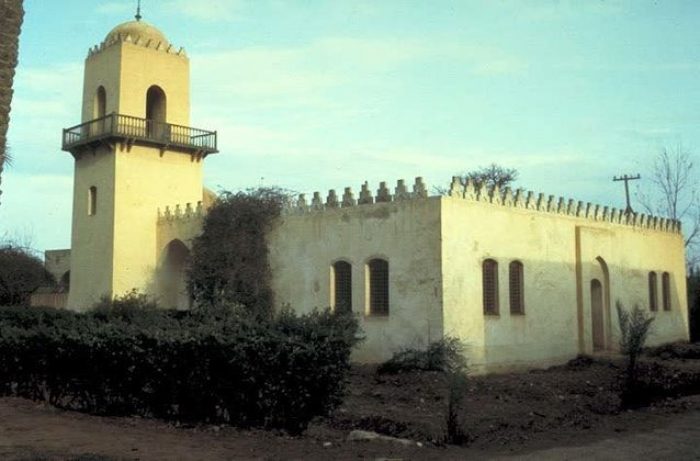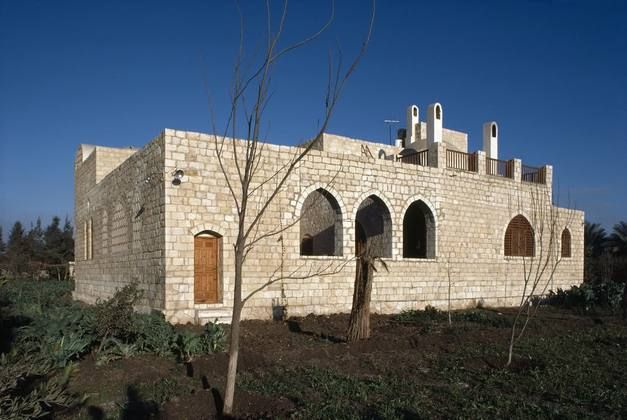Contemporary architecture is all about ‘newness’. That is what the word ‘contemporary’ implies, doesn’t it? So, it is mainly about creating new forms that have nothing to do with historical context or influence. In fact, both modern and contemporary architectural movements mostly tried to break away from the “primitive” past. Post-Modernists tried something different but ended up with pastiches that had no original meaning.
Islamic Architecture, on the other hand, represents a whole new way of thinking and expression. Of course, the style originates from the teachings of Islam itself. You probably caught The Essence of Islamic Architecture Through The Renown Moorish Architecture Doors – but it’s not just that. Now, the interesting thing about Islam is that it is not limited to a certain time or place. Rather, it claims to be an eternal way of life that can meet the needs of human beings at any given time.
And We have not sent you, [O Muhammad], except as a mercy to the universes – Quran 21:107
Due to this universal nature of Islam, Islamic architecture is quite diverse even though it’s based on common principles. Let us now look at some of these common principles and see what they can offer us today.
How can Islamic Architecture inspire Contemporary Architecture on a global scale?
I. General Principles
1. Authenticity
Authenticity is one of the principles on which Islamic Architecture is based. However, ‘authenticity’ is not synonymous with ‘newness’ here. Instead, it refers to keeping up with local traditions but without imitating the past. This requires a deep study of traditional architecture (which is the greatest form of heritage today).
When Islam spread wide, Muslims adopted building practices of each place they inhabited but adapted them to suit their Islamic identity. Dome of the Rock, for instance, used local colors and old Roman columns in a way that conformed to Islamic tradition. This ‘adopt & adapt’ policy can inspire contemporary architects to use traditional building techniques in a new manner.
2. Modernity
Islam embraces modern science because the Quran encourages its readers to study and explore. Accordingly, Islamic architecture embraces the latest building technology, but without seeking to oppose historic building practices. Such a balance between modernity and tradition makes room for endless design opportunities in the contemporary world. That way, architecture would not lose the identity of place nor the essence of time.
3. Local Materials, Techniques & Geography
Many contemporary buildings stand awkwardly in their surrounding context as they blindly imitate western ideals. Islamic Architecture, on the other hand, promotes harmony between buildings, the environment, people, and their Creator. The great Mosques of Cordoba, Edirne, and Shah Jahan, for example, used local geometry, materials, and techniques to express the order and unity of Islamic Architecture in their own way. With the industrial development hype, people started ignoring their local heritage. It’s not too late, though. We can still work to gain back the sense of location, materials, and topography in our buildings.
4. User-Centricity
‘Islam’ literally means ‘submission to the will of the Creator’. A person who chooses to submit then carries out all his/her daily activities accordingly. Therefore, Islamic architecture facilitates the activities of the users comprehensively in all building stages of design. Meaning, you start thinking about the users’ needs and ambitions from the conceptual phase all the way to your final renders.
5. Heavenly & Terrestrial
The religion of Islam recognizes and fulfills both the physical and spiritual needs of human beings. Likewise, the heavenly and terrestrial factors in Islamic architecture complement each other. The endless complex patterns on the ceilings give architecture its soul, while the simplicity and utter practicality give it its power.
Islam recommends adornments but renounces extra luxury. This concept was embraced by Islamic builders and some of the modernists too. However, unlike modern architecture, Islamic architecture is never completely devoid of ornamentation. It rather stays on the middle path; achieving balance is always its goal.
II. House Architecture
1. Al-Jiwani
‘Al-Jiwani’ refers to the principle of providing all living facilities within the house. Since Islam is a complete way of life, its architecture provided everything, including the outdoor experience, inside the house. The inhabitants could literally enjoy open spaces, gardens, inscription, and ornamentation, all in the luxury of their own houses. The courtyard, which connected all the rooms, provided stunning views while connecting the inhabitants to the sky. It will be interesting to see such a rich house in present times.
2. Climatic Balance
Most Islamic countries are based in hot arid climates. We, sitting on a couch in our stylish rooms, cannot begin to imagine how they could survive without air-conditioning. Well, they didn’t, because they had natural air-conditioning – not by equipment but through the structure itself! Malqaf, or wind catchers, were built to take advantage of the outdoor flowing wind and provide the indoors with natural ventilation.
The housing further required strong insulation from heat, dust, and pollutants. To counter this, the architects provided thick walls made from clay or wood (which are natural insulators). Floors with rooms were raised above the courtyard so that external air would not leak into the rooms. The courtyard also retained pure and mild air since all lower exits for the flowing air were blocked. The air thus hovered around the courtyard, carrying away its dust.
Today, the city grid is what guides architecture more than the human scale. With rapid industrial growth, the factory provides all housing solutions, be they thermal or electrical. People have almost become hypnotized by the supremacy of technological advances, which did help stabilize our lives without a shadow of a doubt. However, it is not fitting for architecture to become completely reliant on these means and leave behind the natural means that traditional architecture utilized. Contemporary architects might want to reconsider some of these natural traditional techniques to achieve real-time sustainability.
III. Pioneers Inspired by Islamic Architecture
1. Hassan Fathy
Modern Egyptian Architect, Hassan Fathy, was taken aback by the tendency of architecture to literally copy-paste western standards anywhere in the world. He, consequently, argued for the nobility of vernacular techniques in the face of such alien models. Thereupon, he became the pioneer of commencing authenticity and modernity not just in theory but in practice.
Hassan Fathy put himself in the shoes of the Egyptian peasants who knew the basic housing needs and built them with wisdom and creativity. They needed no complexity whatsoever – they built domes, arches, and lintels with no instruments except a thread to take measurements. Fathy promoted their techniques throughout Egypt and even outside. He also used clay for building, which is freely available everywhere in Egypt. Clay is also a sustainable and durable material that made his architecture simple yet beautiful.
He built houses from clay for the poor and elite and endowed these houses with modern ornamentation inspired by the local architectural environment.
2. Gulzar Haider
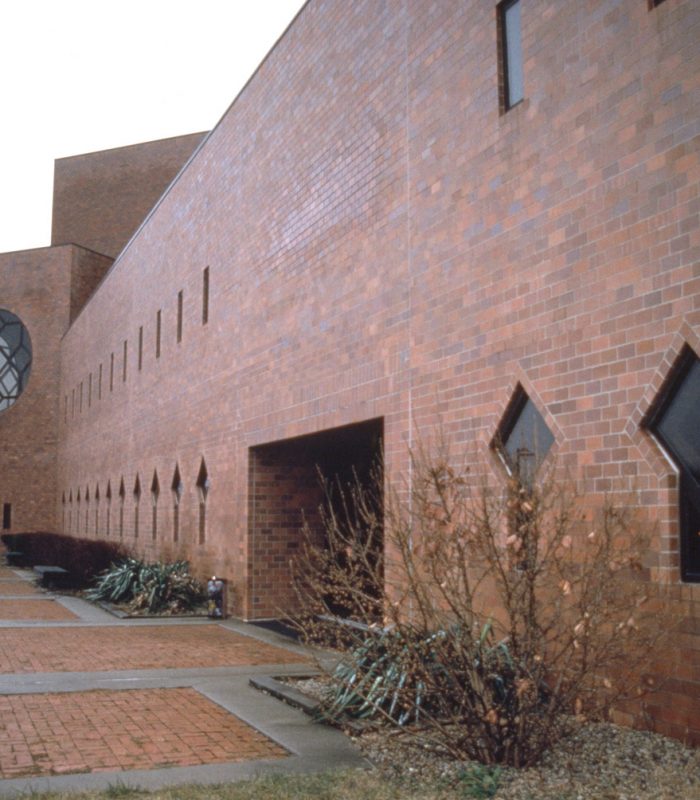
Courtesy of Aga Khan Visual Archive
Modern Pakistani architect, Gulzar Haider, sought to design Islamic buildings in different countries that could adapt to the cultural context. He designed the building for the Islamic Society of North America. The building is comprised of cubic structures to comply with the urban fabric of the city. We must realize that setting up an Islamic building in a culturally strange context was no easy task, but when there is a will, there is always a way.
Islamic Architecture teaches us several design principles that can lead our way. These principles can form rich material for an interesting university course through which students can explore all the possibilities and practicalities.


